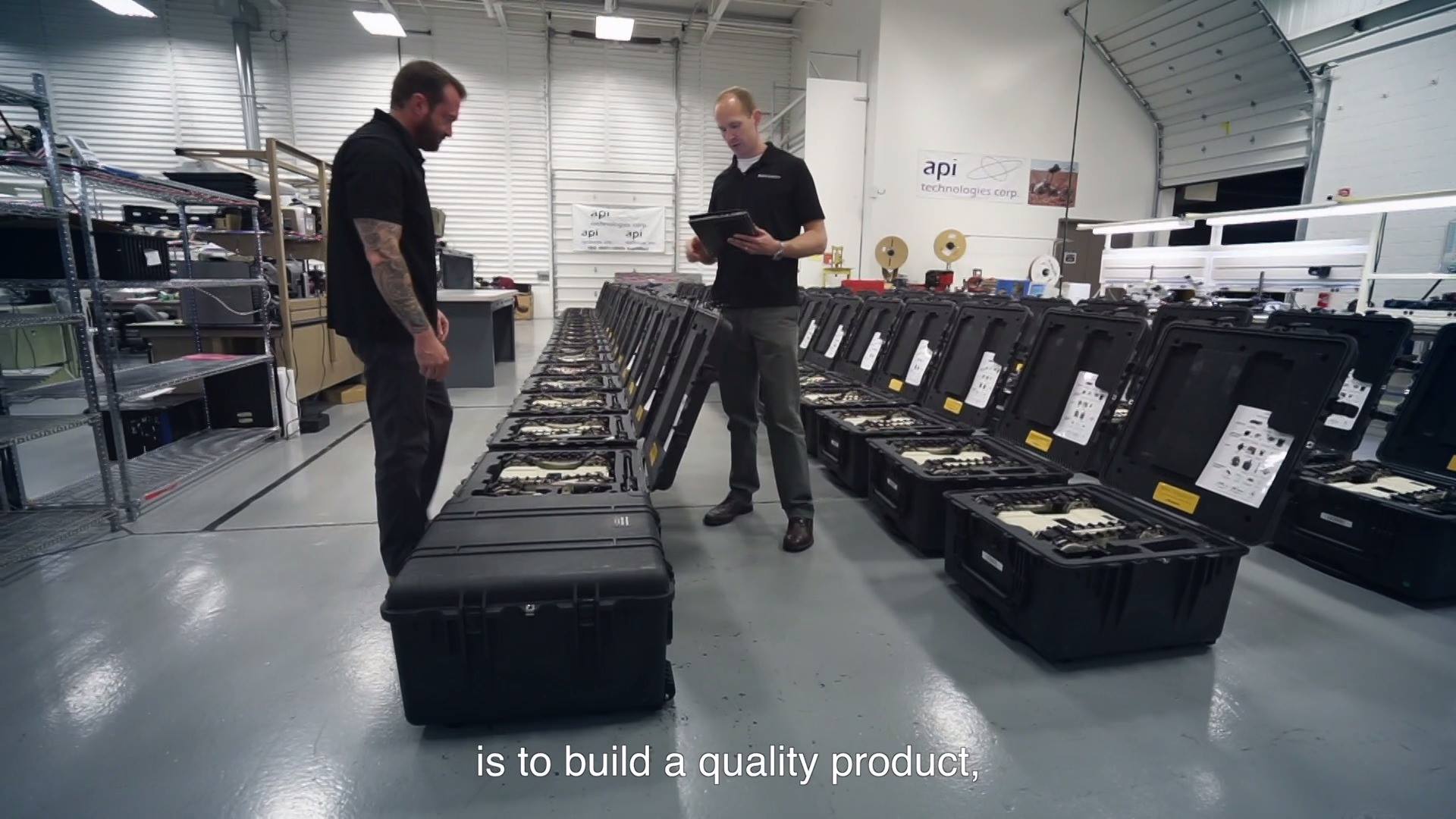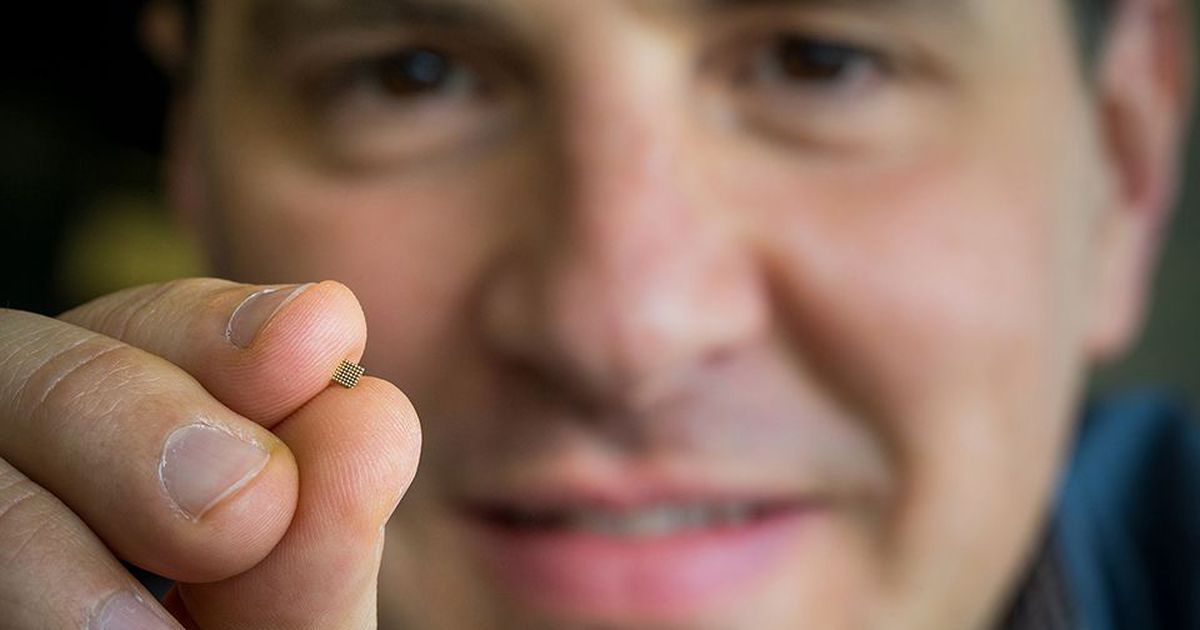Page 10630
Jul 1, 2017
Is Getting Genetically Engineered a Human Right?
Posted by Shane Hinshaw in categories: biotech/medical, genetics
CRISPR technology is transforming biomedical research and is at the heart of numerous recent discoveries — but if no one can pay for treatments it produces, how will we make use of it? Experts have a range of ideas to solve this knotty problem.
Jul 1, 2017
New Report Predicts Over 100,000 Legal Jobs Will Be Lost To Automation
Posted by Shane Hinshaw in categories: employment, information science, law, robotics/AI

An extensive new analysis by Deloitte estimates that over 100,000 jobs will be lost to technological automation within the next two decades. Increasing technological advances have helped replace menial roles in the office and do repetitive tasks.
To paraphrase the Bard’s famous quote: “The first thing we do, let’s replace all the lawyers with automated algorithms.”
Continue reading “New Report Predicts Over 100,000 Legal Jobs Will Be Lost To Automation” »
Jul 1, 2017
Artificial Intelligence Will Make Forging Anything Entirely Too Easy
Posted by Aleksandar Vukovic in category: robotics/AI
Lyrebird, a deep learning tech startup based in Montreal, is developing technology that allows anyone to produce surprisingly realistic-sounding speech with the voice of any individual. Lyrebird’s demo generates speech, including varied intonation, in the voices of Donald Trump, Barack Obama, and Hillary Clinton. For now, the impersonations are impressive, but also possess a fuzzy, robotic quality that allows even an untrained ear to easily recognize the voice as computer-generated. Still, the technology is making rapid progress.
Opinion: The world of truth is about to be upended by AI technologies.
Jul 1, 2017
Misunderstanding Terrorism — With Marc Sageman | Radio Cafe
Posted by Odette Bohr Dienel in categories: big data, counterterrorism, governance, government, information science, policy, terrorism

There is a radio edit (about one half hour) and an unabridged version (about one hour long).
Jul 1, 2017
Roboteam – Human Driven – Made in the USA
Posted by Klaus Baldauf in category: robotics/AI

“Not 99%, Not 99.9%. 100%”
For us, this is the only way to make it happen!
Roboteam – Human Driven – Made in the USA.
Watch how we do it
Jun 30, 2017
Hypersonic and anti-hypersonic arms race
Posted by Klaus Baldauf in categories: military, robotics/AI
Lockheed Martin is using turbine rocket combined cycle (TRCC) to build a mach 6–10 hypersonic plane. The TRCC is an engine that switches between turbofan, ramjet and scramjets for subsonic, supersonic, and hypersonic flight. The TRCC engine will be tested on a fighter-sized flight testbed by 2020. They would then try to develop a Mach 6, unmanned spyplane by 2030 that would perform the same role as the old SR-71 Blackbird. The hypersonic spyplane would enter highly contested and defended airspace at altitudes of 18 and 62 miles, using its speed to outrun enemy defenses. Hypersonic planes could fire hypersonic missiles. It would join the B-21 stealth bomber in the US air force future global strike arsenal.
Raytheon is also developing anti-hypersonic missile defenses.
Air-breathing hypersonic weapons and boost glide weapons are very difficult to engage, as both fly depressed trajectories that dispense with the high, arc-like, and most importantly predictable trajectories of traditional ballistic missiles.
Continue reading “Hypersonic and anti-hypersonic arms race” »
Jun 30, 2017
IBM has made Carbon nanotubes transistors smaller and faster than silicon
Posted by Klaus Baldauf in categories: computing, nanotechnology, particle physics
IBM scientists have made carbon nanotube transistors smaller and faster silicon transistors. Carbon nanotube transistors have long had the potential to be better than silicon, but this is the first time when that promise has been realized. Now IBM and others will have to scale up superior carbon nanotube devices.
IBM scientists have been experimenting with carbon nanotubes, rolled-up sheets of carbon atoms just 1 nanometer, or a billionth of a meter, in diameter. But difficulties working with the material have meant that, for optimal performance, nanotube transistors have to be even larger than current silicon transistors, which are about 100 nanometers across. To cut that number down, a team of scientists used a new technique to build the contacts that draw current into and out of the carbon nanotube transistor. They constructed the contacts out of molybdenum, which can bond directly to the ends of the nanotubes, making them smaller. They also added cobalt so the bonding could take place at a lower temperature, allowing them to shrink the gap between the contacts. Another advance allowed for practical transistors. Carrying enough electrical current from one contact to another requires several nanotube “wires.
Jun 30, 2017
Welcome: Welcome to the United Kingdom’s portal to the asteroid mining industry
Posted by Klaus Baldauf in categories: materials, space
We are a new aerospace start-up company that aims to open up the possibilities and potential of an off-Earth commercial market. We aim to develop ground breaking technologies that will enable the extraction, processing and use of materials derived from the many millions of asteroids known to exist near Earth and further afield.
Jun 30, 2017
Microsoft squeezed AI onto a Raspberry Pi
Posted by Klaus Baldauf in category: robotics/AI
“The dominant paradigm is that these [sensor] devices are dumb,” said senior researcher with Microsoft Research India, Manik Varma.
Now, Varma’s team in India and Microsoft researchers in Redmond, Washington, (the entire project is led by lead researcher Ofer Dekel) have figured out how to compress neural networks, the synapses of Machine Learning, down from 32 bits to, sometimes, a single bit and run them on a $10 Raspberry Pi, a low-powered, credit-card-sized computer with a handful of ports and no screen. It’s really just an open-source motherboard that can be deployed anywhere. The company announced the research in a blog post on Thursday.
Microsoft’s work is part of a growing trend of moving Machine Learning closer to devices and end users.
Continue reading “Microsoft squeezed AI onto a Raspberry Pi” »













